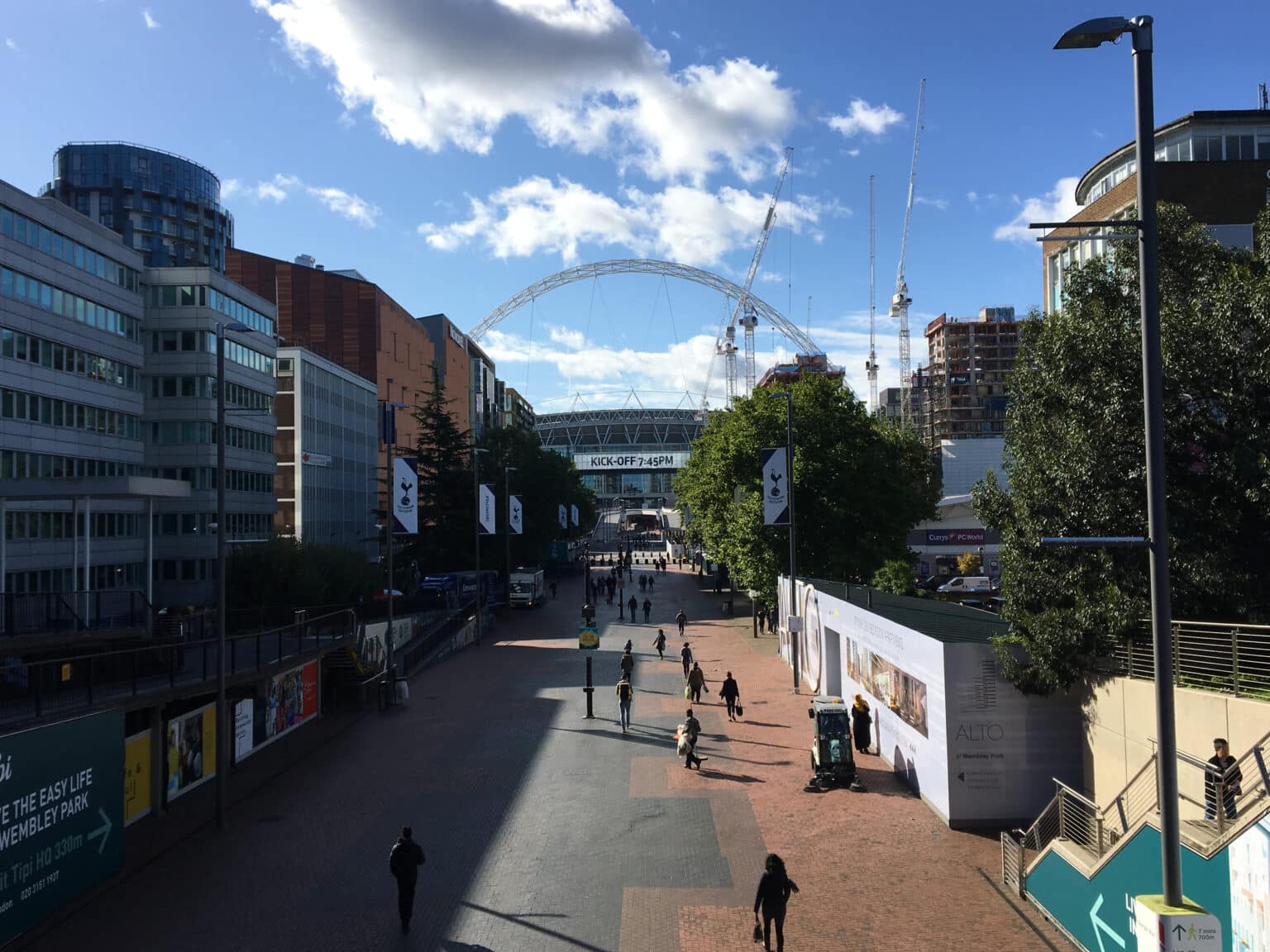ISJ Exclusive: Navigating the ‘hospitality paradox’


James Thorpe
Share this content
Lucas Young, Head of Sales EMEA, Synectics highlights some important surveillance solution features available to venue operators to help them navigate a complex matrix of public safety requirements.
When tens of thousands of people are in the same place simultaneously, how do you keep them safe? Answering this question for operators of sports stadiums and event arenas presents an ongoing challenge.
Those responsible for security and safety must weigh up ease of access and public enjoyment of facilities against the need to protect visitors from accidents, fire, criminal activity, anti-social behaviour and malicious attack.
Detecting persons and behaviours of interest
When dealing with large, densely packed crowds, having the ability to quickly scan and analyse vast areas and pinpoint individuals or activities of concern is vital. It’s also a task ideally suited to video analytics.
Integrating facial recognition software can help identify persons of interest, from previous visitors known to have violated venue rules to individuals featured on local and international watchlists. Once identified, the central command and control platform can distribute the alert, using the data to instantly provide actionable intelligence to pre-designated stakeholders.
To help operators comply with codes of practice, the central platform should offer the ability to restrict access to specific functionality (viewing, searching, downloading etc.) based on user clearance level. Stadium surveillance managers can mask any area of footage based on authorisation levels. So, while all surveillance team members can access and interrogate footage to investigate incidents, only users with the correct clearance can see ‘unmasked’ footage.
Integrated analytics can also help stadiums spot suspicious behaviour. By correlating data analytics with specific rules, surveillance teams can be automatically alerted to instances that warrant closer attention, from individuals loitering near restricted areas for an excessive time period to instances of overcrowding near entrances, exits or stage/pitch areas that may pose a potential safety risk.
Detecting objects of interest
Rules can also be implemented to identify objects of concern, for instance, packages and bags left unattended. Better still, video analytics can quickly ‘track back’ to determine who left the items and search recorded footage for identifying markers e.g. clothing type and colour; once this information is obtained, live data can be screened to detect the current location.
The same principle can be applied to create ‘no drive’ zones around entrances, exits and pedestrian areas. Effectively, the system creates virtual perimeters to define the zones, with alerts created to flag objects or movement – in this instance, a car – that breaches those perimeters.
Enforcing consistent incident response
Of course, effective stadium security isn’t just about being able to detect (and hopefully prevent incidents), it’s also about being able to effectively deal with security or safety matters.
Legislation like the UK’s proposed Protect Duty acknowledges that operators of publicly accessible locations (PALs) – like stadiums – cannot guard against every eventuality. But, it emphasises that they should be able to guarantee a consistent, well-planned response should an incident occur. This is made much easier with workflows.
Workflows reflect an organisation’s standard operating protocols (SOPs) and guide consistent decision-making based on live data from video cameras and other integrated technology. The on-screen guidance also dynamically updates as events unfold and incoming data changes.
As well as avoiding knee-jerk reactions during crises, using workflows as part of an integrated surveillance command-and-control solution ensures that operators are provided with the tools they need to make informed decisions. Workflows can, as part of an integrated and interoperable surveillance solution, also be programmed to automate specific activities; this can be extremely useful for supporting busy surveillance operators and security teams.
If specific rules are met, for instance, a workflow can be triggered to fully or part automate (with operator verification stages) key elements of evacuations plans – from public announcements and lighting controls to door controls and security staff dispatch. It’s worth noting that workflows can also be used to automate actions geared towards visitor experience i.e. the application doesn’t have to be purely security/safety focussed.
Collaborating with law enforcement and first responders
Finally, no list of surveillance solutions capabilities integral to modern stadium security would be complete without reference to video sharing and monitoring. Enabling remote access to incident data and remote evidence sharing has become hugely important for managing modern event spaces. Both offer a secure means for control room teams to collaborate with authorised law enforcement colleagues and first responders.
Based on a permissions system, the system can authorise access to live video footage and a range of real time data. In addition, remote evidence sharing enables the sharing of recorded video and other evidence logged as part of an incident, crucially, while maintaining the integrity of the video and the chain of custody.
Finding the right mix
Using a tailored combination of solutions such as these means the right people have the information they need, when they need it, to best deal with and investigate safety or security issues – most importantly, without compromising public experience – in fact, often enhancing it; the use of workflows and automation in particular tends to generate operational efficiencies that benefit visitors (shorter queues, timely deployment of support personnel etc.).
The ‘hospitality paradox’ stems from a traditional belief that encouraging high footfall and offering a seamless, friction-free experience of services are at odds with maintaining strict levels of security. But, with today’s surveillance technology and integrated solutions, these contradictory goals happily co-exist.



